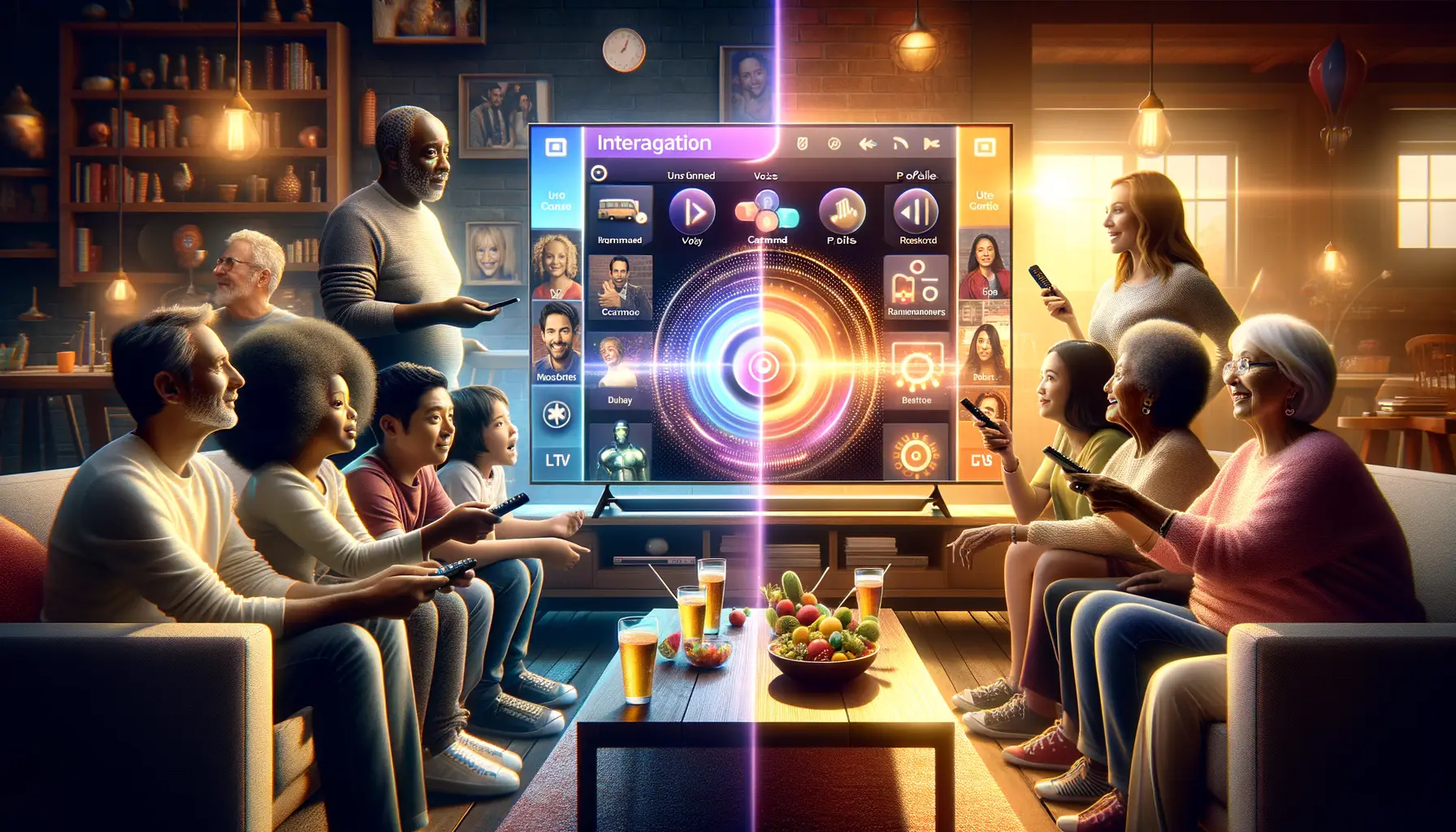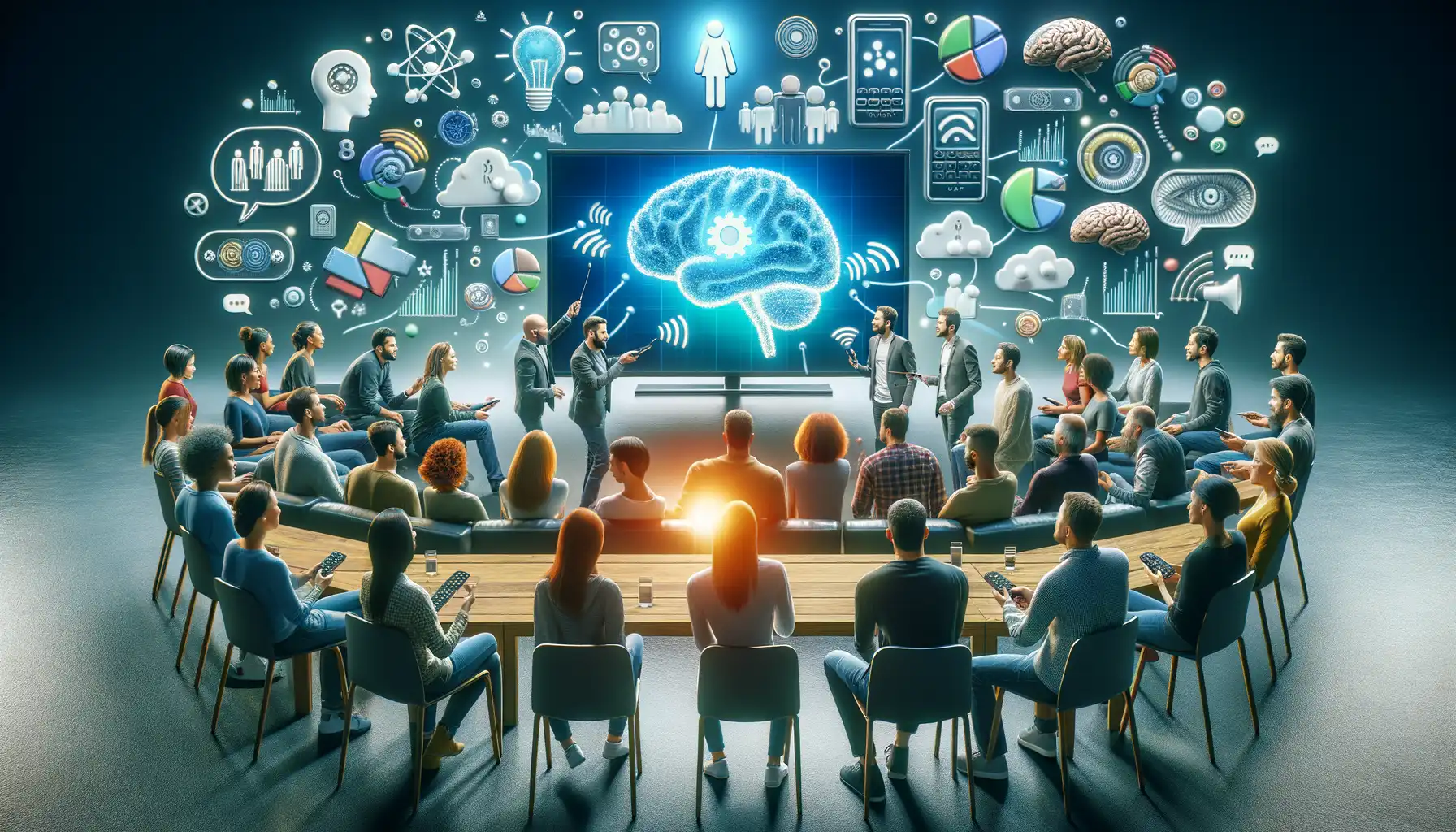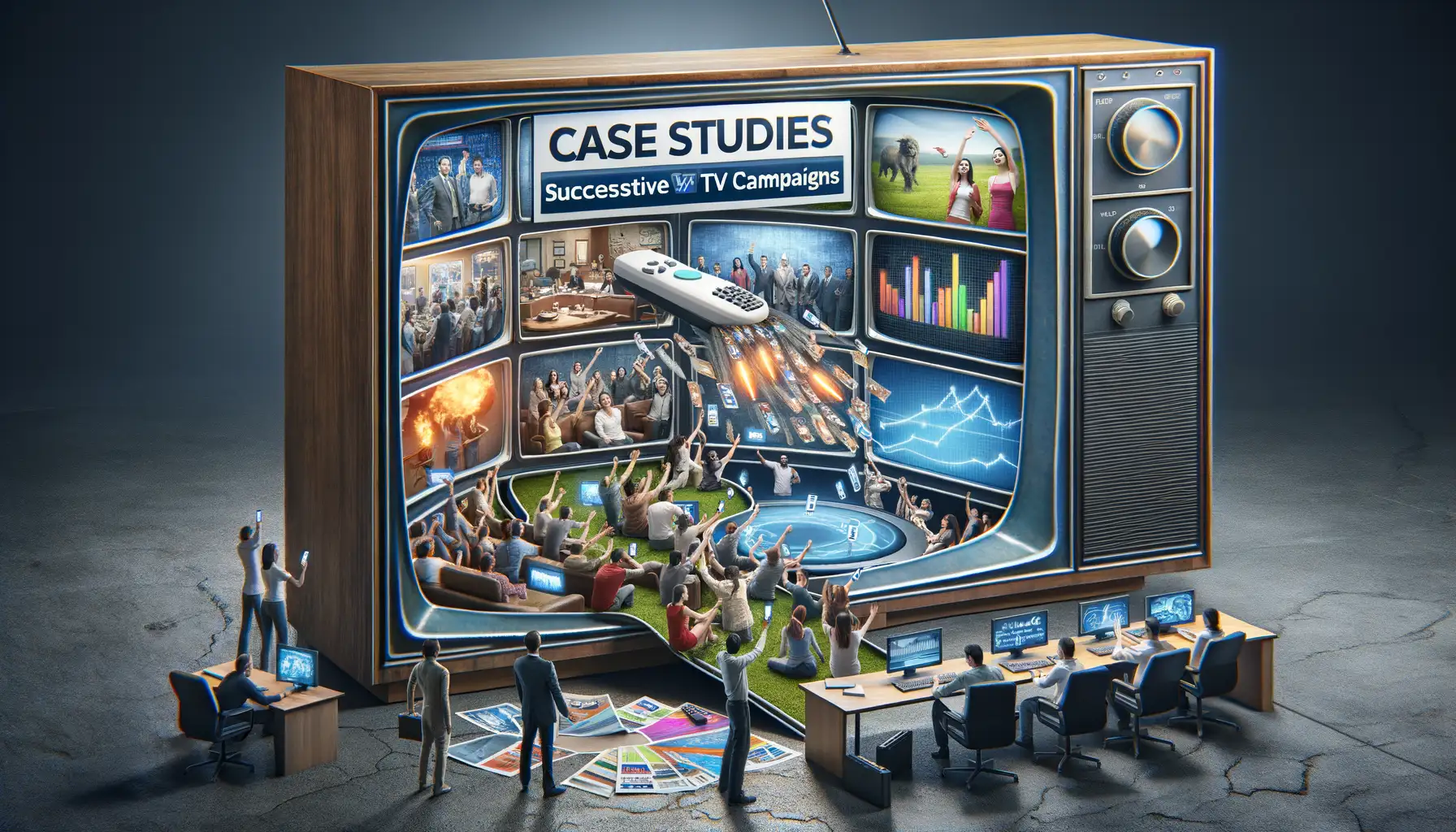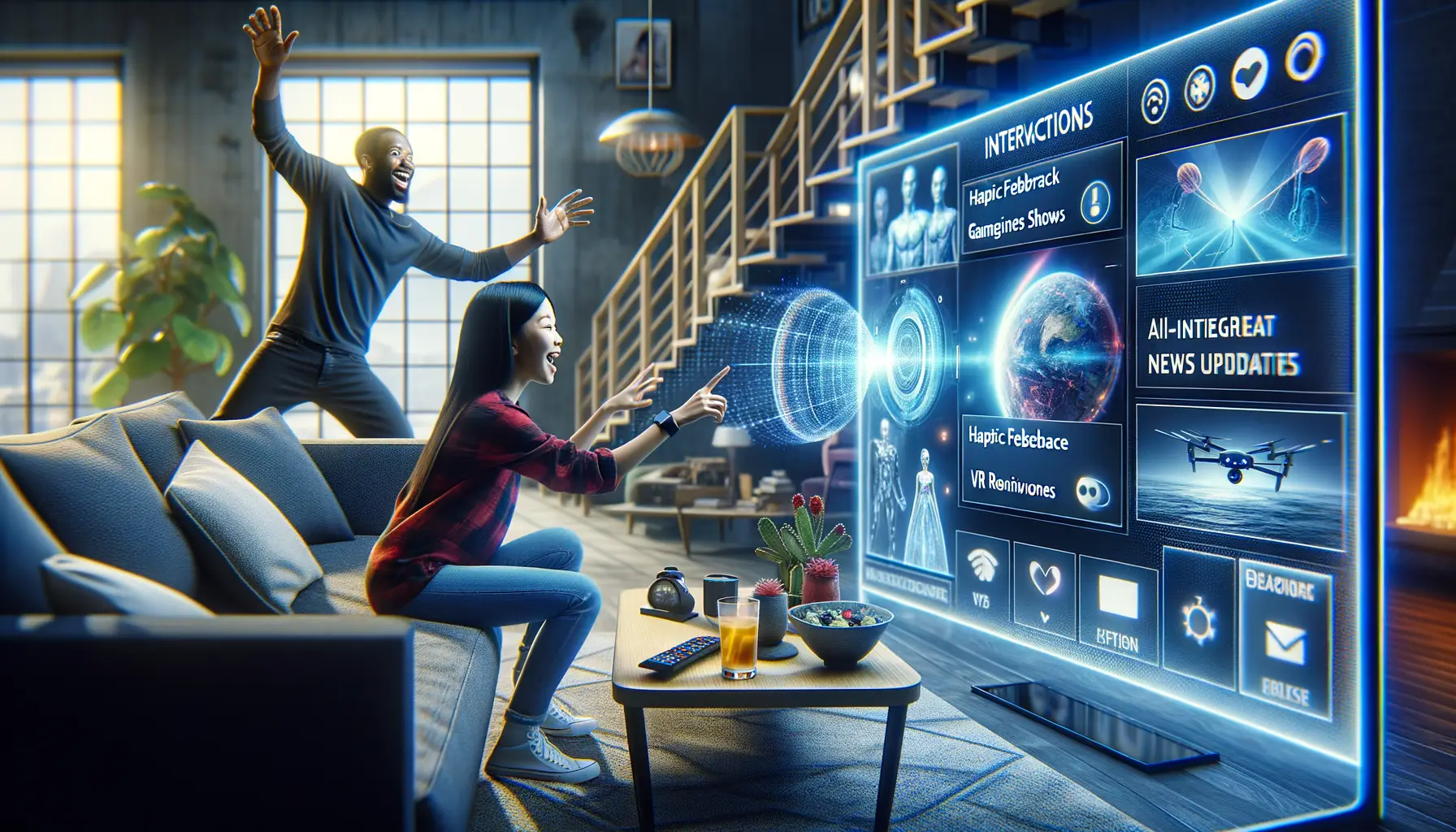Understanding Interactive TV and Its Role in Modern Media
What Makes Interactive TV So Revolutionary?
Picture this: you’re watching your favorite cooking show, and suddenly, the host asks *you* which ingredient they should use next. You vote in real time, and seconds later, your choice shows up on screen. This isn’t passive entertainment anymore—this is **interactive TV**, a game-changer in how we consume media.
Interactive TV blends traditional television with digital… magic. It lets viewers engage directly through prompts like polls, quizzes, live chats, and even shopping windows right from their screens. Imagine voting for a talent show contestant without lifting anything more complicated than your remote or smartphone. Sounds futuristic? That’s because it kind of is.
And it doesn’t stop there. Interactive TV is reshaping modern media by:
- Empowering audiences: You’re no longer a spectator; you’re a participant.
- Creating connections: Watch parties, voting, and chats build shared experiences.
- Customizing content: Tailored ads or recommendations make it feel like TV knows you personally (a little too personally, even).
The Heartbeat of Modern Media Culture
In today’s hyper-social world, people crave collaboration—even in entertainment. Streaming giants, cable networks, and app developers are harnessing this desire to create communities around shows through live tweets, audience votes, and interactive endings. Take Black Mirror’s **“Bandersnatch”**: was it a TV episode or a choose-your-adventure video game? Both, really. Interactive TV doesn’t just entertain—it immerses.
Key Features of Interactive TV That Drive Engagement

Turning Passive Viewers into Active Participants
Interactive TV isn’t just about watching—it’s about diving headfirst into a shared experience. Remember the suspense of choosing your own path in those “choose your adventure” books? Interactive TV channels that same thrill, wrapping it up in modern-day technology. From real-time voting on talent shows to shaping plot twists in your favorite drama, viewers aren’t just passive spectators; they’re the co-creators.
Gamification Meets Storytelling
Now, let’s talk games within your stories. Whether you’re unlocking rewards by answering questions or competing on leaderboards during live events, these features transform TV into a playground. One minute you’re watching a crime thriller, the next, you’re solving puzzles tied to the plot. It’s that extra layer of interactivity that makes you feel more than involved—it makes you feel essential. And isn’t that what we all crave? A sense of belonging and impact.
The Psychology Behind Community Building Through Interactive TV

Why Shared Experiences Amplify Connections
Ever notice how a simple show can spark endless convos in group chats? That’s the magic of interactive TV. It doesn’t just entertain—it pulls people out of their bubbles and drops them into a shared moment. Psychologically, we’re wired to crave connection, and when a favorite series or live event adds features like polls, live chats, or viewer-driven storylines, it feeds that craving in deeply satisfying ways.
Think about it: seeing your opinion pop up on screen during a live debate or rallying votes for your favorite reality show contestant isn’t just fun—it’s a form of identity expression. You feel seen. Your voice matters. And when crowds chime in with the same vibe? Instant camaraderie.
- FOMO: Nobody wants to miss the buzz of a live, interactive moment.
- Tribal instincts: Joining a community with shared interests feels primal—like gathering around a campfire.
The Power of Belonging, One Click at a Time
Interactive TV taps into a basic human need: belonging. It’s no wonder people flock to trending hashtags while watching shows together. These platforms create “third places”—those social spaces beyond home and work where connections thrive. And the kicker? You don’t even have to leave your couch. It’s bonding, but make it binge-friendly.
Case Studies: Successful Interactive TV Campaigns

From Voting to Viral: Real-Life Interactive TV Wins
Imagine sitting on your couch, popcorn in hand, and suddenly realizing—you’re no longer just a spectator. That’s the magic of interactive TV. Let’s dive into a few campaigns that didn’t just engage audiences—they set them on fire.
Take “The Voice”, for example. The show’s live voting feature turned passive viewers into active participants. Fans didn’t just root for their favorite contestants; they grabbed their phones, voted in real-time, and felt like part of the action. The result? A jaw-dropping spike in viewer loyalty and social media buzz.
And who could forget Netflix’s bold move with “Black Mirror: Bandersnatch”? By letting viewers make decisions for the protagonist, Netflix gave us control like never before. The ripple effect? Personal investment in the story shot through the roof, and watercooler conversations about “which path you chose” became viral gold.
- Sky Sports Fanzone let football fans comment during games via their TV screens—sparking endless debates.
- HQ Trivia, an interactive quiz show, built such a lively online community that people scheduled their day around it!
These aren’t just campaigns—they’re proof that when entertainment invites interaction, it transforms communities into co-creators.
Future Trends and Innovations in Interactive TV

Revolutionizing TV: Where the Screen Meets Your World
Picture this: You’re not just watching TV anymore—you’re stepping into a story. That’s where the future of interactive TV is taking us. Forget the days of passive viewing. The next wave of technology promises an experience so immersive, it feels like the screen knows you personally.
Imagine choosing the fate of your favorite character mid-episode or joining a live audience poll during a reality show in real time. But it doesn’t stop there. With advancements like augmented reality (AR), you might soon see your living room transform into the set of your favorite series. Cutting-edge AI? It’s making personalized recommendations feel like they’ve been handpicked by a dear friend who knows your quirks and guilty pleasures.
- Voice-controlled actions: Speak, and your TV not only listens but responds.
- Interactive social hubs: Live chats with fans as thrilling as the content itself.
The most fascinating part? These features are designed to spark shared moments. An awkward laugh with a stranger over a poll result, a heated emoji war during sports events—connection is at the heart of it all. And isn’t that what entertainment should be about?
